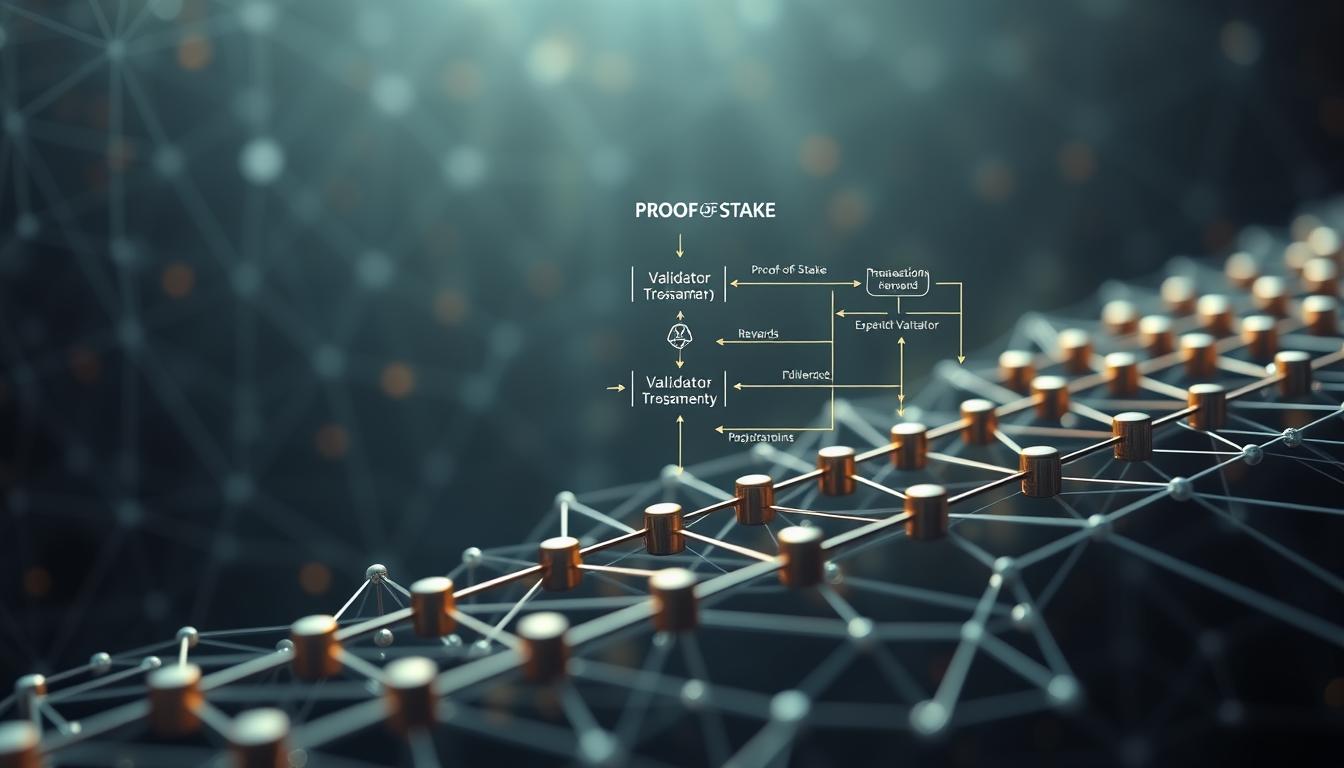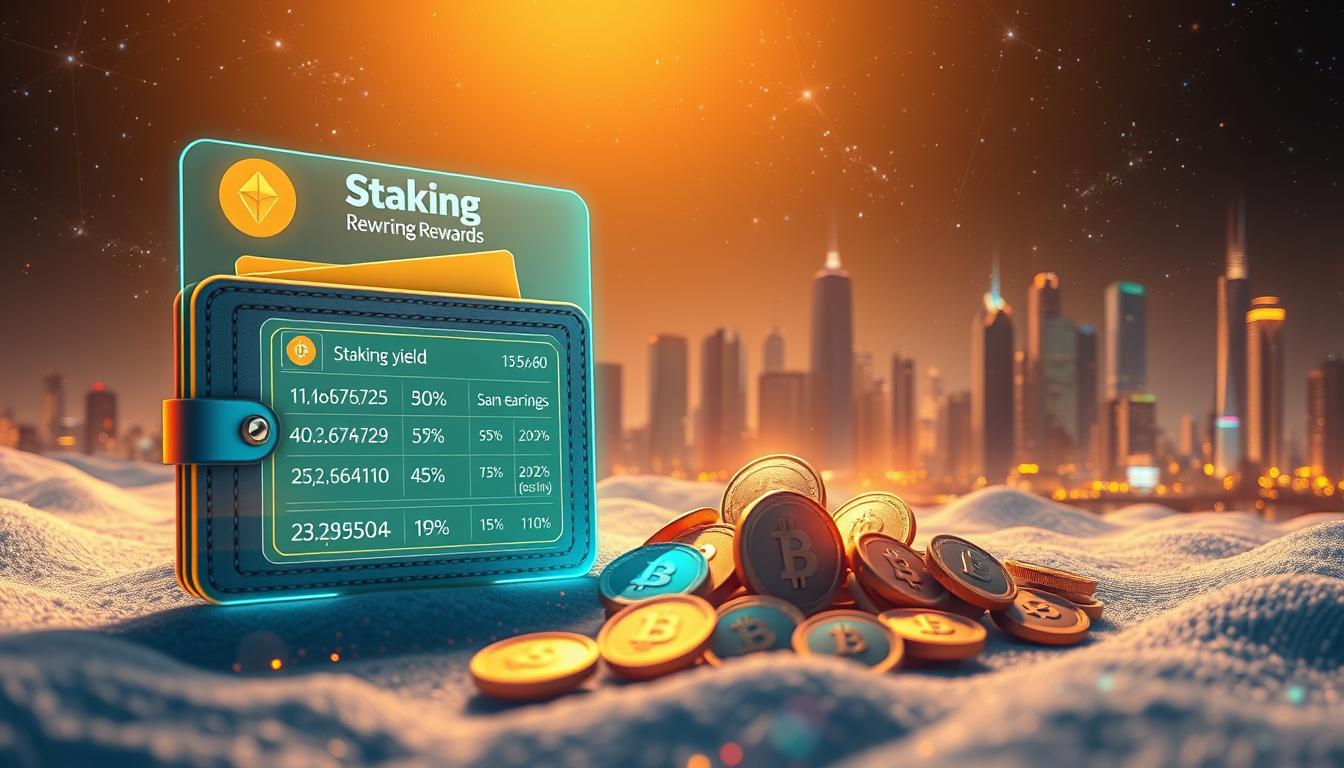Staking has moved from niche tech talk to a mainstream passive-income option as proof-of-stake networks grow in 2025. Many investors now use validator-backed platforms and major exchanges to earn steady
All posts tagged in Proof of Stake
Imagine a digital ledger that operates without a central bank or company in charge. This is the power of a blockchain network. To function correctly, these decentralized systems rely on
Digital networks need a way to agree. In traditional systems, a central authority provides this agreement. A bank, for example, verifies transactions. But decentralized systems operate differently. They rely on
The digital currency world has changed. A new way to run networks is here. This method is called proof-of-stake. It replaces old systems that used lots of computer power. This
Many digital asset holders now seek ways to generate returns beyond simple price appreciation. This guide explores a popular strategy for putting your crypto to work. The process involves temporarily
The digital currency world has undergone a remarkable transformation in how transactions get verified. Traditional methods relied on intensive computational work that consumed massive amounts of energy. A new approach
Imagine a world where strangers on the internet can reliably agree on financial transactions without banks or governments. This revolutionary idea powers decentralized networks like Bitcoin and Ethereum. At their
Blockchain networks rely on innovative protocols to validate transactions securely. One groundbreaking approach, known as PoS, has emerged as a sustainable alternative to older systems. Instead of requiring massive computing

















